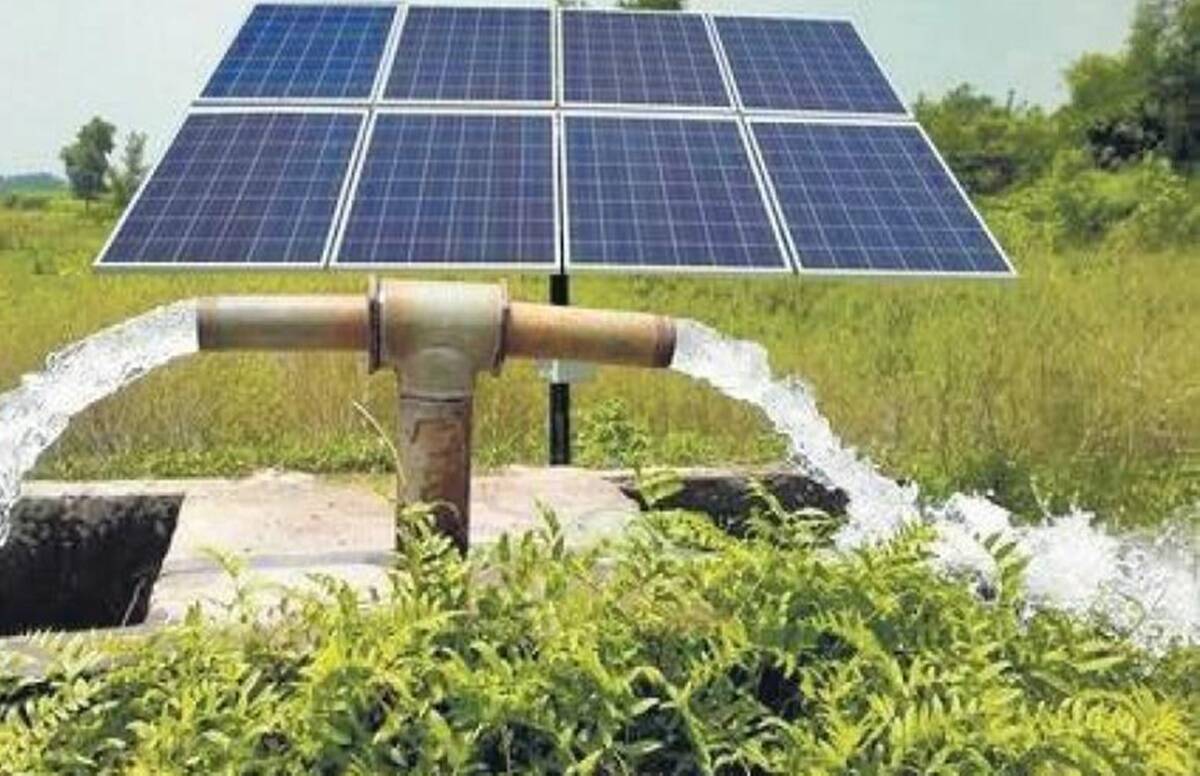
Many farmers face difficulty in irrigating their farms due to lack of rainfall. Moreover, equipment running through diesel or electricity increases the cost of cultivation. To solve this problem, the government launched PM Kusum Yojana.
Pradhan Mantri Kisan Urja Suraksha evam Utthan Mahaabhiyan (PM Kusum Yojana) was launched by the Ministry of New and Renewable Energy (MNRE). The objective of this scheme is to increase farmers' income, provide reliable source for irrigation & de-dieselise the agriculture sector.
This government scheme is one of the biggest initiatives with the aim to provide clean energy to more than 10 crore farmers in the country.
What are the Components of PM Kusum?
-
Component A- Setting up of 10,000 MW of Decentralized Ground/ Stilt Mounted Grid Connected Solar or other Renewable Energy-based Power Plants.
-
Component B- Installation of 17.50 Lakh Stand-alone Solar Agriculture Pumps
-
Component C- Solarization of 10 lakh Grid Connected Agriculture Pumps
How to Apply PM Kusum Yojana?
Farmers can apply for PM KUSUM Yojana through the following procedure-
-
Visit the official website of the Ministry of New and Renewable Energy
-
Login through the reference number given on the portal
-
Click on the Apply Online option for Kusum Solar Pump
-
Fill in the correct information in the application form
-
Submit the form after filling in the details
-
After submitting, you will receive the message Successfully Registered
-
Download and print the slip safely
-
After that, the company will install the solar pump in your field within few days
What are the Documents Required?
-
Aadhar Card , Bank passbook, Land Documents, Address proof, Passport size photograph
Farmers will Bear Only 10% of the Total Cost
The cost-distribution for setting up the solar pump under PM Kusum Yojana is as follows-
-
Central Government- 60 % of the total cost
-
Banks- 30 % of the total cost
-
Farmers- 10% of the total cost
With the PM KUSUM Yojana farmers can irrigate their farms by installing solar panels and using the electricity generated through them. This scheme will not only reduce the cost of cultivation but also give an opportunity to earn extra income from it.
This scheme plans to set up 30.8 GW of solar capacity by December 2021, through the financial assistance of Rs. 340.35 billion.
















